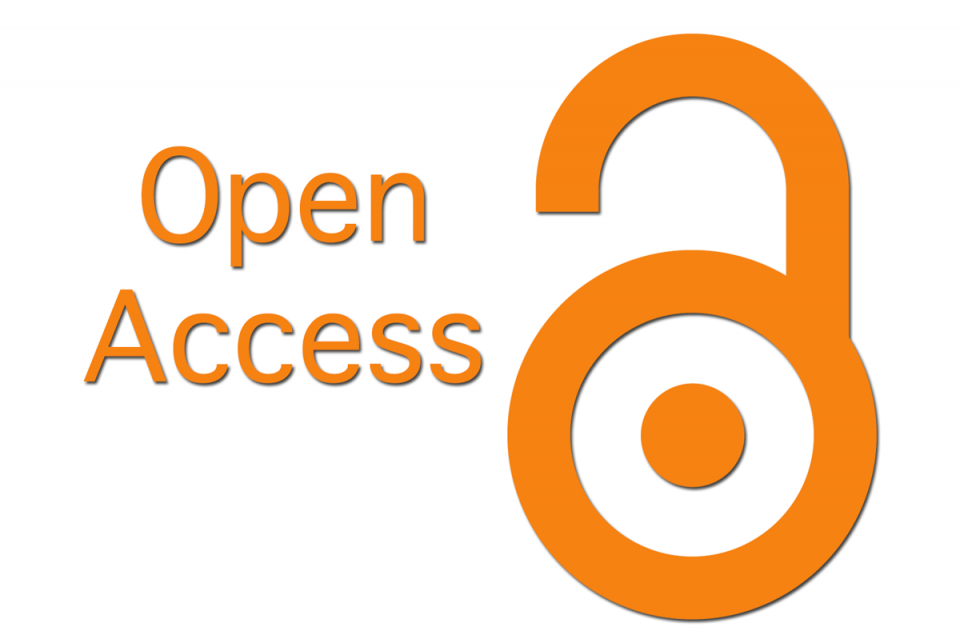PREVALENCE AND PATTERN OF EAR, NOSE, AND THROAT MANIFESTATIONS AMONG HIV-POSITIVE PATIENTS: A CROSS-SECTIONAL STUDY
DOI:
https://doi.org/10.48047/wcytfg44Keywords:
Methanol HIV/AIDS, Ear, Nose, and Throat (ENT) Manifestations, CD4 Count, Prevalence, Cross-Sectional StudyAbstract
HIV/AIDS is still a big problem in the 21st century. While new HIV cases have gone down in several areas, some regions continue to deal with a big burden of HIV. Many research reports indicate that between 70% and 90% of people living with HIV also suffer from ear, nose and throat (ENT) symptoms. A descriptive cross-sectional study was performed at a tertiary care hospital to determine the occurrence of ENT symptoms in HIV-positive patients at these clinics, taking into account their age, gender and CD4 cell count. The study population consisted of people who were eligible by convenience sampling, for a total of 200 patients. Data were collected using a set questionnaire and statistics were done with SPSS software version 20. Among 200 people with HIV, 68 (34%) had problems related to ENT infections. Children ages 0 to 9 showed the highest number of inflammatory bowel disease cases. Among all patients, ENT symptoms were more common for females (23.5%) than for males (10.5%). People with CD4 cells fewer than 200 cells lower per microliter showed more ENT symptoms (56.3%). About one-third of participants experienced problems with their ears, nose or throat. HIV healthcare providers must be aware of these symptoms in positive patients to assist with quick diagnosis and the right treatment.
Downloads
References
Centers for Disease Control and Prevention (CDC). Opportunistic infections | living with HIV | HIV basics | HIV/AIDS | CDC. Opportunistic Infections, 2015. Available from: https://www.cdc.gov/hiv/basics/livingwithhiv/opportunisticinfections.html
National Institute of Allergy and Infectious Diseases. The HIV life cycle | understanding HIV/AIDS | AIDSinfo. National Institutes of Health (NIH), n.d. Available from: https://aidsinfo.nih.gov/understanding-hiv-aids/fact-sheets/19/73/the-hiv-life-cycle
Viswanatha B. Otolaryngologic manifestations of HIV infection. Journal of Hematology and Malignancy, 2(2), 2012, 33–38. https://doi.org/10.5430/jhm.v2n2p33
Prasad H. K. C, Bhojwani K. M, Shenoy V, Prasad S. C. HIV manifestations in otolaryngology. American Journal of Otolaryngology, 27(3), 2006, 179–185. https://doi.org/10.1016/j.amjoto.2005.10.007
Lubbe D. E. HIV and ENT. Continuing Medical Education, 22(5), 2004, 2002–2005.
Taipale A, Pelkonen T, Taipale M, et al. Otorhinolaryngological findings and hearing in HIV- positive and HIV-negative children in a developing country. European Archives of Oto-Rhino- Laryngology, 268(10), 2011, 1527–1532. https://doi.org/10.1007/s00405-011-1537-z
Sanjar F. A, Queiroz B. E. U. P, Miziara I. D. Otolaryngologic manifestations in HIV disease: clinical aspects and treatment. Brazilian Journal of Otorhinolaryngology, 77(3), 2011, 391–400. https://doi.org/10.1590/S1808-86942011000300016
Van Der Westhuizen Y, Swanepoel D. W, Heinze B, Hofmeyr L. M. Auditory and otological manifestations in adults with HIV/AIDS. International Journal of Audiology, 52(1), 2013, 37–43. https://doi.org/10.3109/14992027.2012.721937
Swai H. Otorhinolaryngological manifestations among HIV-infected patients attending HIV clinic at Muhimbili. Master’s Thesis, 2011. Available from: https://dataverse.harvard.edu/dataset.xhtml?persistentId=hdl:1902.1/XXXX
Jafari S, Razmpa E, Saeedinejad Z, et al. Otolaryngological manifestations in HIV-infected patients, Tehran, Iran. Journal of AIDS and Clinical Research, 3(6), 2012, 3–6. https://doi.org/10.4172/2155-6113.1000133
Tanzania Commission for AIDS (TACAIDS), Zanzibar AIDS Commission (ZAC), National Bureau of Statistics (NBS), Office of the Chief Government Statistician (OCGS), & ICF International. HIV/AIDS and malaria indicator survey 2011–12. Tanzania Commission for AIDS (TACAIDS), 2011. Available from: https://dhsprogram.com/pubs/pdf/AIS11/AIS11.pdf
Downloads
Published
Issue
Section
License

This work is licensed under a Creative Commons Attribution 4.0 International License.
You are free to:
- Share — copy and redistribute the material in any medium or format for any purpose, even commercially.
- Adapt — remix, transform, and build upon the material for any purpose, even commercially.
- The licensor cannot revoke these freedoms as long as you follow the license terms.
Under the following terms:
- Attribution — You must give appropriate credit , provide a link to the license, and indicate if changes were made . You may do so in any reasonable manner, but not in any way that suggests the licensor endorses you or your use.
- No additional restrictions — You may not apply legal terms or technological measures that legally restrict others from doing anything the license permits.
Notices:
You do not have to comply with the license for elements of the material in the public domain or where your use is permitted by an applicable exception or limitation .
No warranties are given. The license may not give you all of the permissions necessary for your intended use. For example, other rights such as publicity, privacy, or moral rights may limit how you use the material.








